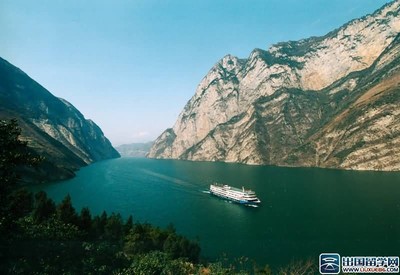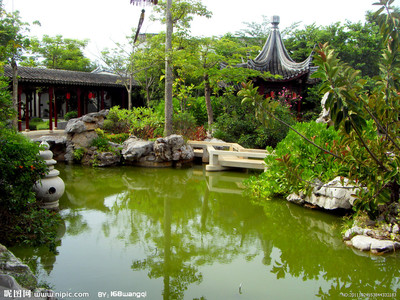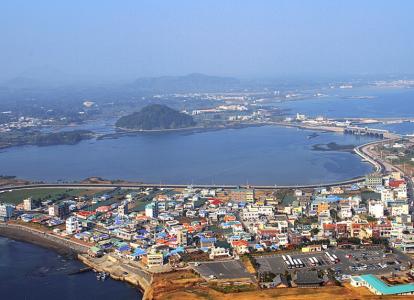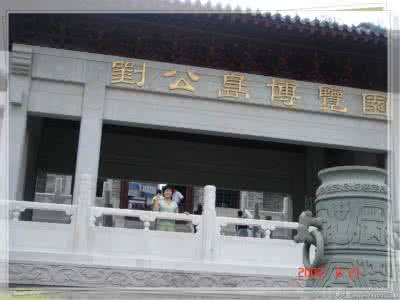上海英文
Located at the center of the mainland's coastline, Shanghai has long been a major hub of communications, transportation, and international exchange. The municipality covers an area of 6,341 square kilometers and has a population of more than 13.5 million. Shanghai is China's largest economic comprehensive industrial base, and a famous historical and cultural city.
The city consistently attracts investment and is seen as an ideal venue for business gatherings. It is also a must on any agenda during a tour of China. Shanghai has fostered a comprehensive transportation network that incorporates land, sea, and air travel, as well as a convenient urban transportation system. More than 300 airlines serve the city, proving direct flights to more than 20 countries and regions. The addition of the Shanghai Pudong International Airport, which went into operation in 1999, is expected to increase the annual passenger volume to some 20 million.
Special tourist trains running between Shanghai and the neighboring provinces of Jiangsu and Zhejiang, as well as tourist bus routes along newly-constructed expressways, offer great convenience for regional travel. Shanghai has more than 400 travel agencies to assist visitors, and the 127 star-rated hotels offer a total of 40, 000 guest rooms.
Visitors to Shanghai are not only dazzled by the modern metropolis and gateway to a developing China, but are also able to immerse themselves in the unique Shanghai culture, a combination of Chinese and Western elements. Colorful festivals and celebrations dot the yearly Shanghai activities calendar, such as the Shanghai Nanhui Peach Blossoms Festival, Shanghai International Tea Culture Festival and Shanghai China International Art Festival.
Shanghai has also introduced special tour packages aimed at the different interests of visitors, such as bicycling tours, hiking tours, gourmet tours, rehabilitation and health care tours, study tours, Japanese young women's tours, honey moon tours, and convention and exhibition tours.
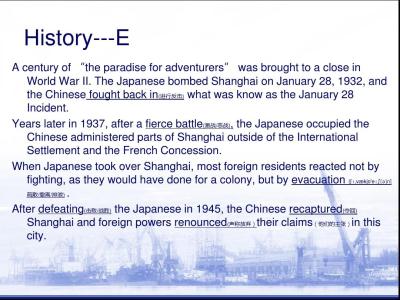
The well-known Bund is a must for visitors to Shanghai. Fifty-two buildings lining the narrow shoreline of the Huangpu River offer a living exhibition of Gothic, Baroque, Roman, Classic Revival and Renaissance architectural styles, as well as combinations of Chinese and Western styles. They are also a condensation of the recent history of the city. The wide embankment offers ample room for strolling and is used by locals for morning exercises and evening gatherings. In the evening, colorful lights illuminate the area and create a shimmering image deserving of the name Pearl of the Orient.
The Yu Gardens are a classical landscape in the Southern Chinese style with a history of more than 400 years. Pavilions, halls, rockeries and ponds display the finest in landscaping from the Southern style as seen in the Ming and Qing dynasties. More than 40 landscapes were ingeniously separated by latticed walls, winding corridors, and lattice windows.
People's Square has become the political and cultural center in Shanghai since 1994, when it was rebuilt. In and around the square are a massive fountain named the Light of Huangpu River, 10,000 square meters of lawns, six grou of relief carvings that depict the history of Shanghai, the New Shanghai Museum, the offices of the municipal government, an underground shopping plaza, the Shanghai Grand Theater and the Shanghai Exhibition Center
The Orient Pearl TV Tower
The Orient Pearl TV Tower is 468 meters high, the tallest in
 爱华网
爱华网